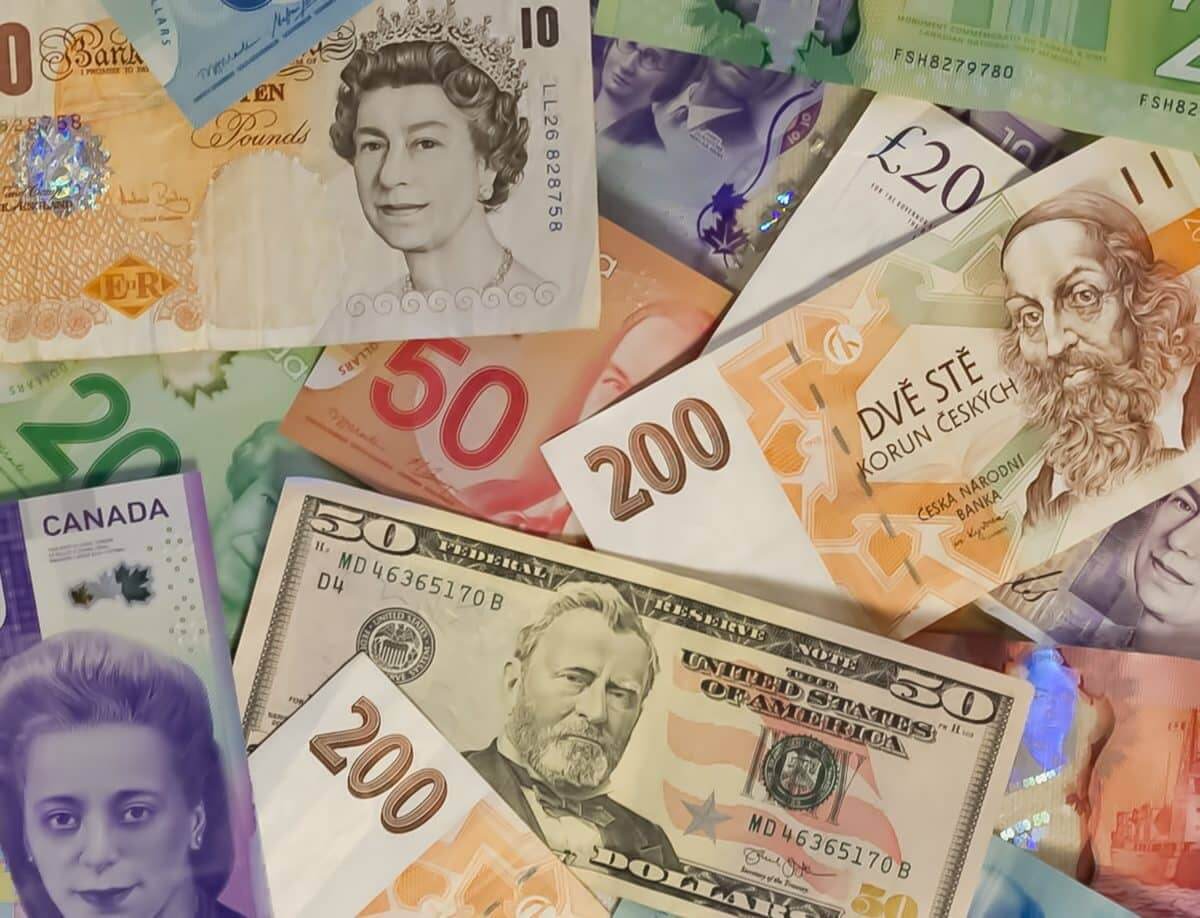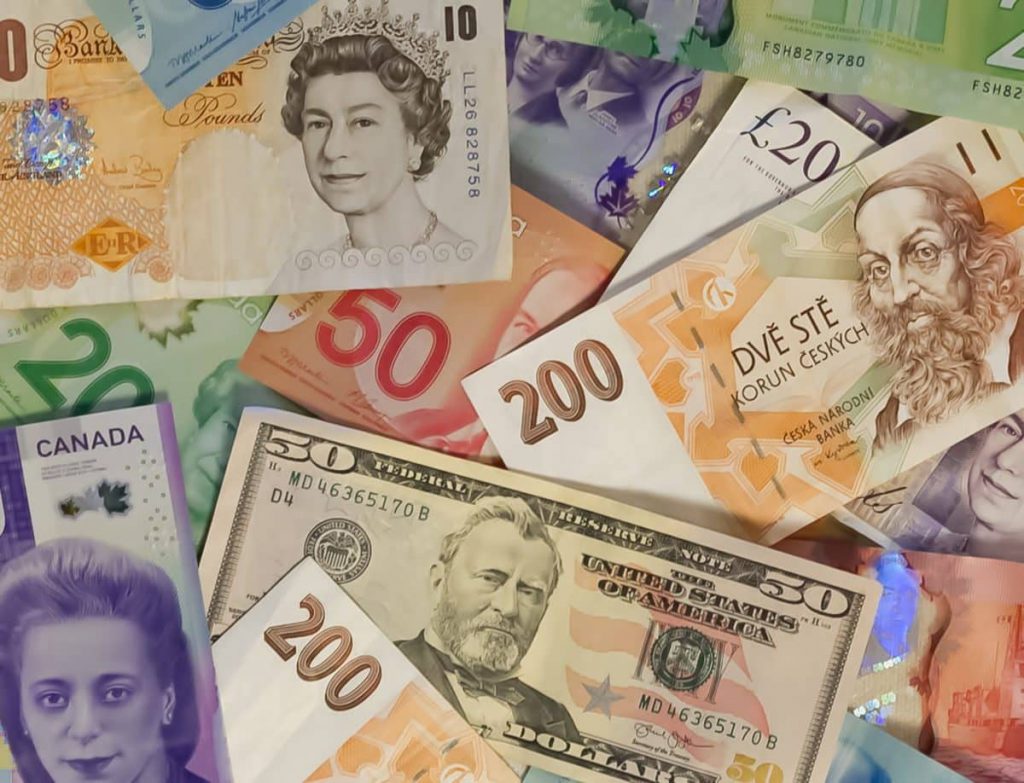
Euro and British Pound plunged Friday. What about the dollar?
The U.S. dollar index rallied to 112.330 against a basket of currency on Friday, hitting its highest level since May 2002. It even surpassed its two-decade peak reached earlier this week. The greenback exchanged hands higher by 0.8% at 112.10 at last. It seemed set for its best week in September. Hawkish policy announcement from Federal Reserve, along with soaring Treasury yields, boosted the currency.
Meanwhile, the Bank of England hiked its interest rates by 50 basis points on Thursday. The bank is trying to hinder rising inflation. However, this move couldn’t support the sterling. Fears about the impending economic crisis weighed heavily on the currency. Consequently, the Pound plummeted against the dollar on Friday.
According to new surveys, business activity across the eurozone reduced. Most economies will likely enter a recession soon. In addition, Britain’s new finance minister Kwasi Kwarteng recently made a statement about tax cuts, along with household and corporate support measures. The U.K. debt office also discussed its plans for 72 billion pounds of additional issuance for this year. It aims to fund the new stimulus. But this news only pushed the sterling into the deeper red today.
On Friday, the British currency shaved off 1.72% at $1.1062 against the U.S. dollar. It even plunged to a fresh 37-year low of $1.1051 briefly. Overall, the sterling seems set for its biggest weekly decline against the greenback in two years.
On the other hand, British bond yields surged forward. Michael Brown, the head of market intelligence at Caxton in London, noted that the rally of higher-gilt yields was little more than a short-lived boost for the sterling. However, the reality of a larger budget deficit and higher borrowing is already starting to sink in. The latter will likely start the longer-term bearish GBP trend.
How is the Euro faring?
The common currency also tumbled down by 0.8% to $0.9736 on Friday, hitting its lowest level since October 2002. According to a new report, S&P Global’s flash euro area Composite Purchasing Managers’ Index (PMI) dropped further this month. Investors see this index as a gauge of overall economic health. So, its decline soured the mood on the F.X. markets.
Higher energy costs hit Germany hard in recent weeks after Russia stopped supplying its gas. Europe’s largest economy is struggling. The euro area data only added pressure on EUR. It highlighted economists’ fears about the energy crisis and economic recession, – noted George Vessey, the currency strategist at Western Union International Bank.
On Friday, the Japanese yen dropped by 0.6%, trading at 142.88 per USD. Despite that, the Yen was set for its first weekly gain in more than a month. On Thursday, the Japanese government intervened in F.X. markets to bolster its suffering currency. As a result, the Yen had jumped by more than 1% before declining again today.
What about the E.M. currencies?
The Chinese yuan dropped by 0.3%, hitting its lowest level in more than two years. Its fall weighed on E.M. currencies. Most of them also declined today against a firm greenback. However, the Philippine peso soared. It gained 0.2%, while the rupiah and the Taiwan dollar plummeted by 0.2% and 0.3%, respectively. Central banks in Indonesia, Taiwan, and the Philippines hiked their interest rates yesterday.
Chua Han Teng, the economist at DBS, noted that the Philippine central bank would likely have to add another 50-bps hike to 4.75% in November. It may even need another 25 bps to 5% increase in the final meeting of the year. However, in this case, the peso could easily end in the red.
He also added that if the Federal Reserve hikes its rates in the coming months, that would also weigh on the peso. The agency’s comments about aggressive hikes have already bolstered U.S. treasury yields. It also triggered another round of USD buying. But a rallying dollar means weaker E.M. assets.
On Friday, the Indian rupee decreased by 0.1% after plunging to a record low. At the same time, shares in Mumbai dropped by 1.3%, remaining on track for their second consecutive weekly loss. Analysts expect the Reserve Bank of India to sell greenbacks via state-run banks, especially after the rupee continued falling. Moreover, the Malaysian ringgit tumbled down by 0.2% today. The currency lost almost 9% over the year.


